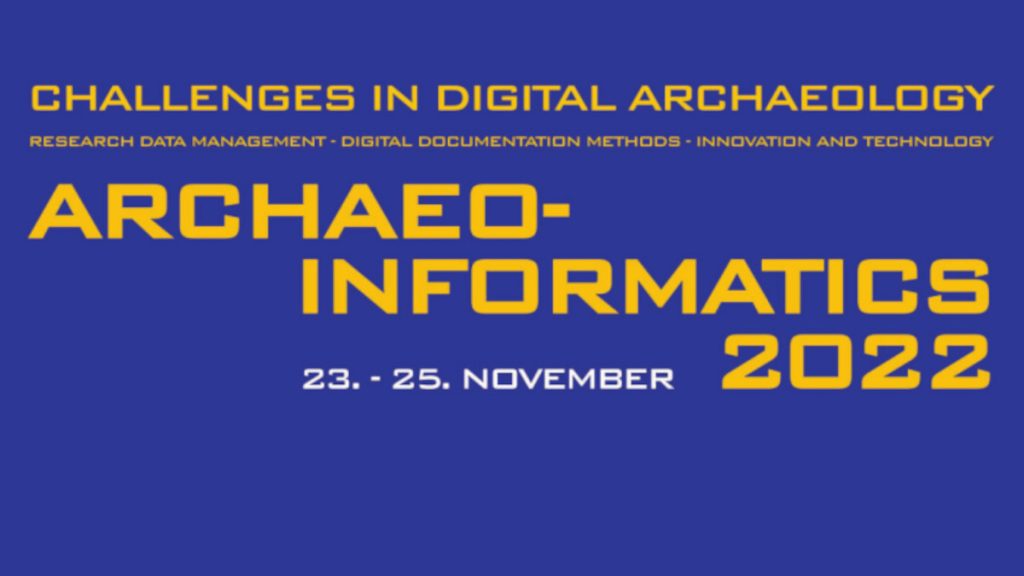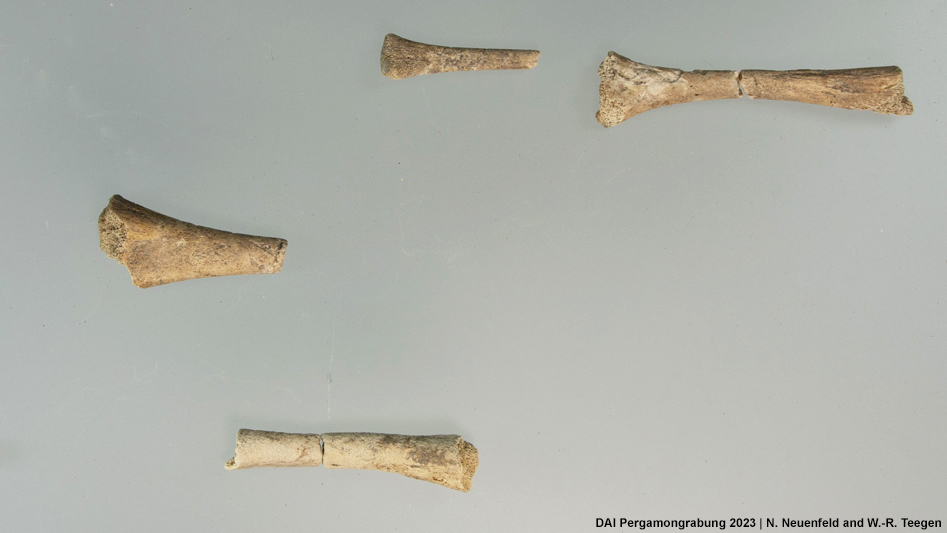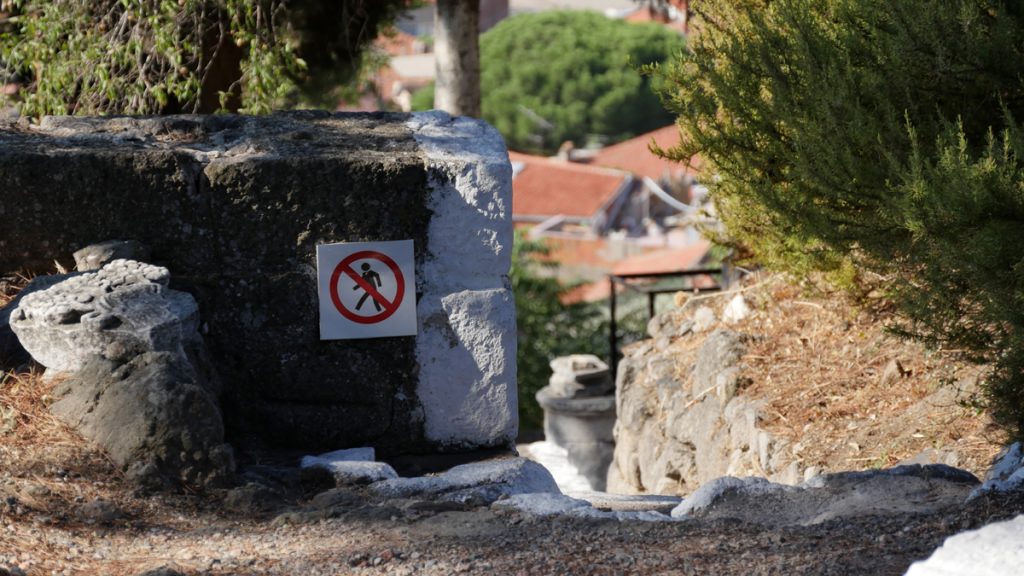by Fabian Becker, Robert Busch & Joris Starke
Report on the fieldwork of the Physical Geography team of Freie Universität Berlin and Ege Üniversitesi İzmir from September to October 2023: An example of transdisciplinary work.
The alluvial fans
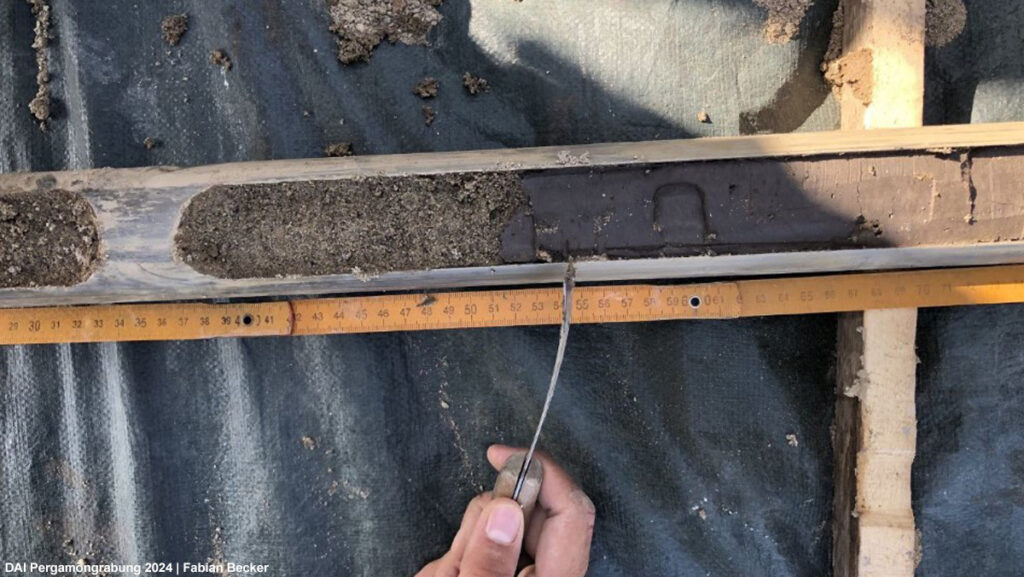
Our fieldwork took us to the alluvial fans on the northern edge of the eastern lower Bakırçay plain, near the villages of Araplı and Zağnos. By analyzing sediment profiles along two transects and with 15 boreholes containing a total of more than 117 m of sediment, we aim to reveal sediment dynamics related to changing settlement patterns in the fan catchments. A large number of archaeological finds have been made in the catchments as part of the ‘Umlandsurvey’, indicating intensive human activity at different times. The sediments in the lower part are mostly silty-clayey and carbonatic, which is characteristic of the Bakırçay floodplain. The overlying alluvial fan sediments, however, are mostly sand-dominated and show typical textural variations (Fig. 1). The collected material was analyzed for chemical and physical parameters in our field laboratory in Bergama in parallel with the drilling. Back in Berlin, we have a large data set of 524 measured samples, whose evaluation takes place at our desks and computers while we await the radiocarbon age of the charcoal samples. Comparing the data from the two different alluvial fans and combining the results with survey data will help the project to draw a new picture of historical land use in the plain east of Pergamon and the sensitivity of its landscapes. Furthermore, this work will improve our understanding of landscape dynamics and the historical human impact on it in the micro-region.
The ’chocolate bars’
Drawing on the practical experience as well as subsequent scientific discussions from the campaign in 2022, we decided to extend our data set on the so-called chocolate bars (Fig. 2) – briquettes formed from recent “clay” samples to identify the materials suitable for ceramic production in the Pergamon Micro-Region. In cooperation with the ‘Umlandsurvey’, additional samples were therefore taken around ancient Allianoi, which today lies in a reservoir, and around Niyazi Tepe near Pergamon. To increase the data density, the ceramic workshops of Bozköy and Sazlık, discovered during TransPergMicro, were also revisited. In order to be able to systematically evaluate potential clay pits later, a distinction was made between different types of source material: weathered unconsolidated rock, alluvial sediment, or just fine material regardless of its origin.
As in the previous year, the Physical Geography team conducted detailed documented experimental archaeology by producing test ceramics. Standardized clay briquettes were made from the sampled sediments, fired at (500, 650, 800, 950, 1100 °C), and subsequently analyzed (morphometric changes, color, elemental composition). Moreover, additional samples of known fabrications found at the production sites near Bozköy and Sazlık were sent to partners at Istanbul Technical University (ITÜ) for petrographic analysis. The results of this transdisciplinary approach will help us to understand the human-environment interaction at the sites in terms of resource perception, exploitation, and importance.
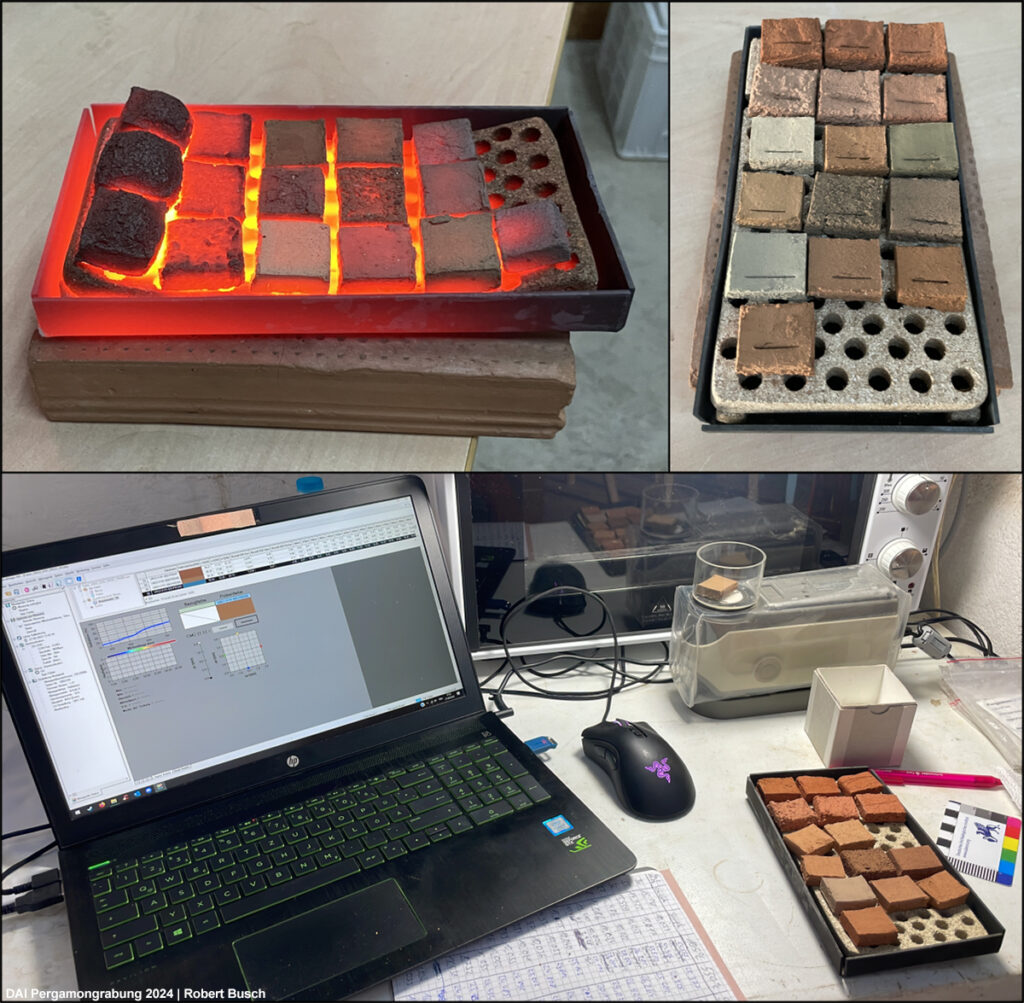
Team members: Fabian Becker, Yaren Bozoğlu, Robert Busch, Mehmet Doğan, Sarp Kaplan, Damla Karadede, Lennart Kusserow, Moritz Nykamp, Nazlı Özdemir, Joris Starke, Helena Weber

